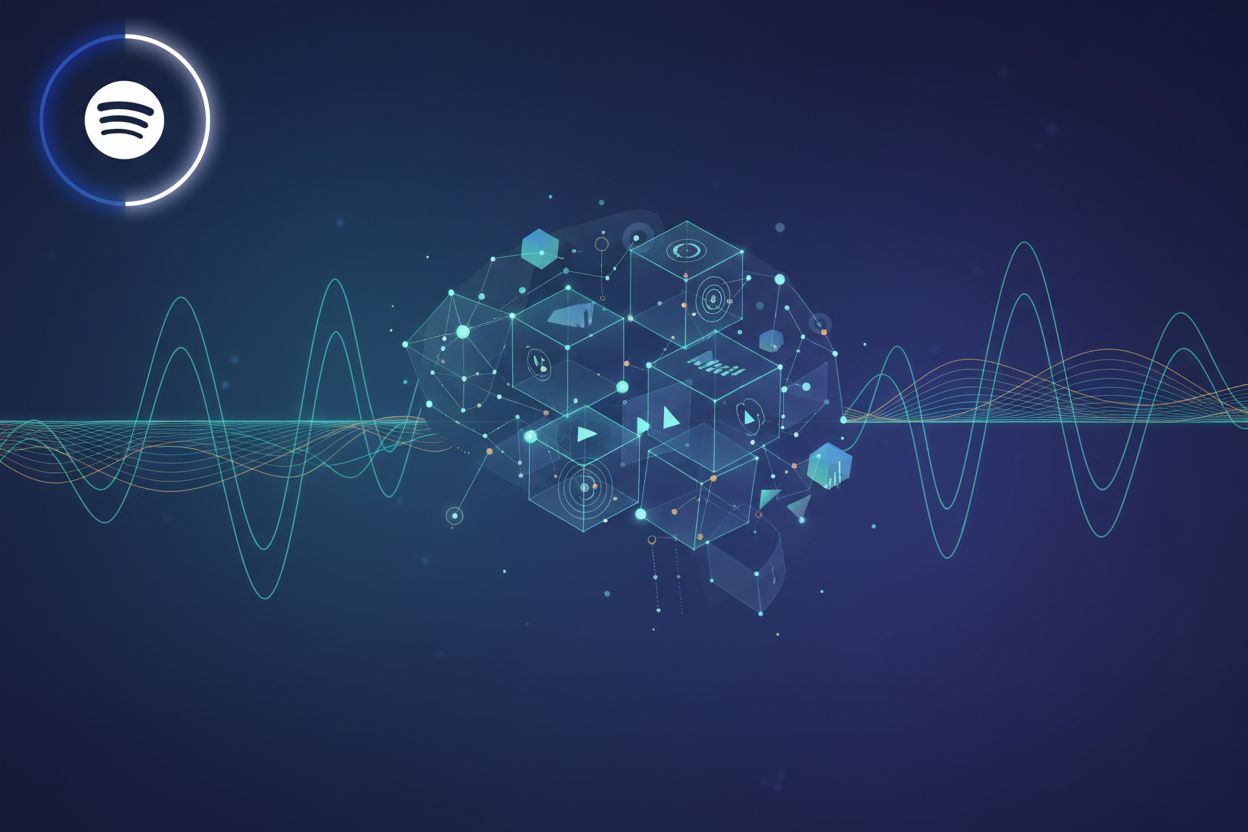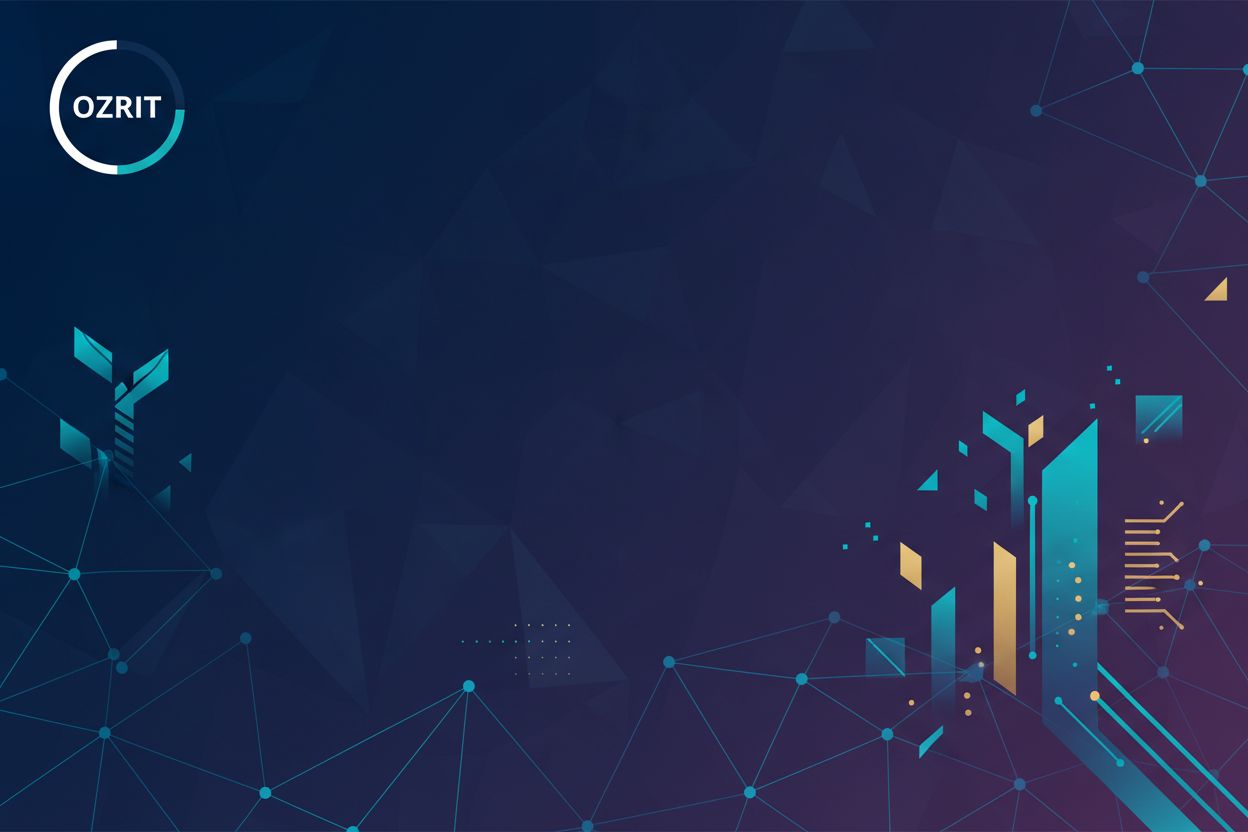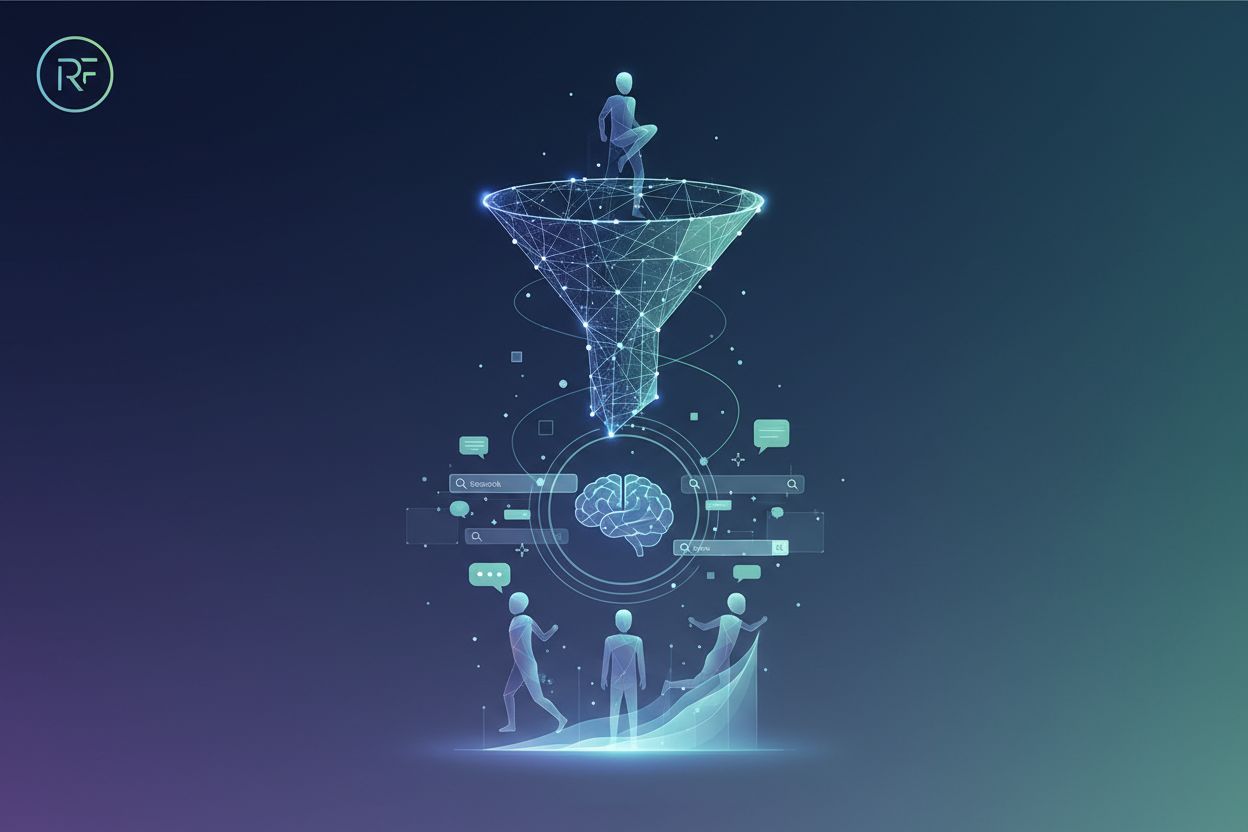Enhancing Consumer Loyalty Through Personalization This Holiday Season
TL;DR
Consumer Loyalty and Personalization Expectations
Consumers increasingly expect more from brands regarding loyalty programs and personalization. According to data from Nift, 94% of shoppers want more from the brands they engage with. The Harris Poll indicates that over 60% of consumers feel overwhelmed by the number of ads they receive from brands and retailers. Additionally, nearly 80% believe brands offer fewer meaningful rewards and less support than in the past.
Saket Mehta, chief revenue officer at Nift, notes that consumers expect brands to understand them beyond their in-store purchases, including their broader consumer behaviors related to entertainment, food, and beverages. He suggests that brands are primarily upselling their own products instead of creating a unified and integrated consumer journey.
The Rise of AI in Personalization
Artificial intelligence (AI) is playing an increasing role in helping brands deliver personalized experiences. Mehta suggests that AI can assist brands and retailers in creating more personalized experiences by considering both content and frequency of interactions. Nift’s data reveals that 53% of consumers feel they receive too many shopping-related messages on social media, with this figure rising to 57% among Gen Z.
AI enables brands to efficiently process data into real-time consumer insights. According to Mehta, AI facilitates the combination of various data points in real-time, enhancing the ability to understand and cater to consumer needs. SAP Emarsys Customer Engagement also emphasizes the importance of AI in identifying and engaging diverse audiences with tailored, real-time experiences across every channel.
Loyalty Programs and Personalization
Loyalty programs are evolving to strengthen consumer relationships beyond traditional "earn-and-burn" models. Marigold's consumer research indicates that 37% of consumers have become less loyal to previously favored brands, highlighting the need for value-driven programs. Retailers are recognizing the potential of loyalty programs for growth, particularly during the holiday shopping season.
Personalization is becoming a core feature of modern loyalty programs. Nearly 80% of consumers are likely to engage with personalized emails tailored to their interests. Advanced personalization tools leveraging AI and machine learning are helping brands segment loyalty program members and deliver timely, relevant offers.
Data Collection and Zero-Party Data
Loyalty programs serve as essential tools for data collection, particularly with the growing emphasis on zero-party data. This data, willingly shared by consumers, provides brands with insights into consumer preferences and behavior, which can be used to develop personalized offerings and tailor marketing strategies. During the holidays, understanding which products and offers resonate with consumers is crucial for tailoring promotions for maximum impact.
Gamification and Streamlined Rewards
Gamification is an emerging trend in loyalty programs, integrating interactive elements to drive consumer engagement and incentivize specific behaviors. Holiday-themed gamification, such as digital wheels for discounts or scratch-off rewards, can create memorable interactions.
Streamlining the path to rewards is essential, especially during the fast-paced holiday shopping season. Retail Dive reports that brands are redesigning loyalty programs to prioritize a smoother path to rewards and expanding options for redemption, moving beyond points-only systems to reward other consumer behaviors such as SMS marketing opt-ins or mobile app downloads.
Mobile and Multichannel Outreach
Mobile-first loyalty programs enhance shopping experiences by offering app-exclusive deals and bridging online and offline interactions. A consistent digital experience across websites, mobile apps, and other channels is increasingly important to consumers. Deploying a multichannel strategy ensures brands reach consumers where they are most active, making loyalty program communication more effective and timely.
AI-Driven Spending and Consumer Trust
Salesforce projects that AI will drive $263 billion in online sales globally during the holiday season. They estimate that AI will influence $51 billion of U.S. online sales for the holidays.
Approximately 7% of U.S. consumers start their shopping journey with generative AI-powered shopping assistants. Data indicates that 13% of Gen Z and 11% of Millennials begin their shopping with generative AI. Nearly six in ten U.S. consumers use AI search tools while actively browsing in a store. Consumer trust in AI recommendations has increased significantly, with 87% of U.S. shoppers trusting the recommendations AI assistants share with them.
Economic Outlook and Consumer Behavior
Despite the enthusiasm for AI, economic uncertainty continues to influence consumer behavior. Around 29% of U.S. consumers are holding off on discretionary spending, and 28% are stocking up before prices increase due to tariffs. Additionally, 36% of U.S. consumers feel pessimistic about the economy. Discounts are expected to play a crucial role in attracting consumers, with the average holiday discount rate projected to be 22% and the average Cyber Week discount rate at 29%.





